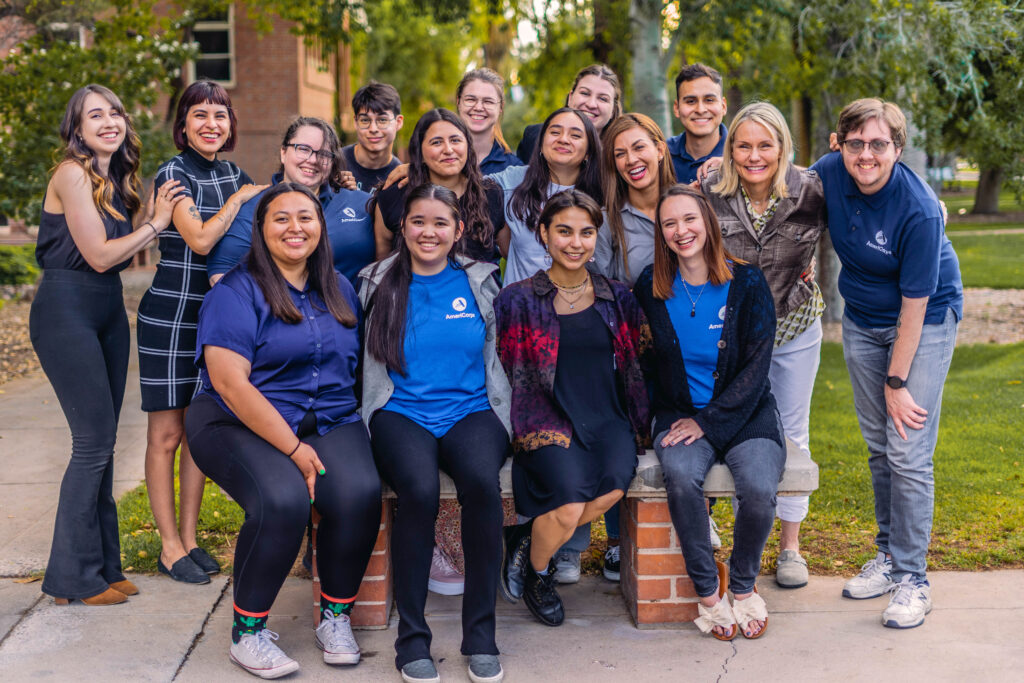Earn To Learn by the Numbers
Where does the money go?
For All Financial-Related Inquiries, Please Contact:
(520) 497-4999
invest@earntolearn.org
Case Studies
Promising Results:
- Earn to Learn has already seen promising results in the three partner educational institutions and a community college, including high first-year retention, persistence, completion, and debt-free graduation rates for its students.
- The business community is increasingly aware of its stake in ensuring the success of its future employee pipeline, and states and communities want to attract and retain bright minds in their workforce.
- Over 3,100 Earn to Learn students have walked on campus.
- Target population includes students seeking post-secondary attainment with a goal of little to no student loan debt.
Performance Metrics
Our Numbers at a Glance:
- First-year retention rate is provided in the Earn to Learn Report Card and is approaching 90% statewide since the program’s launch in January of 2013.
- Earn to Learn Scholars have invested over $3.8M in their education and have earned $31M in additional grant aid through the program’s 8:1 match.
- Earn to Learn has provided over 33,000 hours of personal finance training–a prerequisite to apply–to approximately 6,200 students.
- Earn to Learn’s projected 6-year graduation rate is approaching 80%. The program serves families up to 200% of the Federal Poverty Level, which means most are eligible. For comparison, according to reports from the U.S. Department of Education, the national 6-year graduation rate for eligible students is 39%.
- Earn to Learn students are borrowing significantly less than their peers. The average student loan debt for ASU, NAU, and UA students is approximately $23,000 by graduation. Most Earn to Learn students who graduate, do so with less than $10,000 in student loan debt, including more than half with zero student loan debt.



Program Insights
- Earn to Learn has garnered national interest with over 25 states expressing interest in replicating the model.
- There is a tremendous opportunity to lead the nation in a highly innovative approach to financing higher education. The Federal Reserve, the Office of the Comptroller of the Currency, FDIC and the US Treasury have been very positive about the model for multiple reasons including their focus on the unbanked and underbanked and the importance of financial literacy. Additionally, they have been looking at this workforce development and/or shared responsibility model through the lens of the Community Reinvestment Act and meeting CRA obligations.
- As Earn to Learn continues to gain momentum as an innovative financial aid model given its financial literacy training, personalized success coaching, and unparalleled savings match, this program has the capacity to provide a new playbook for financial aid. The enthusiasm generated by Earn to Learn is grounded in simple, fundamental economics and gets back to the principles on which our nation was founded: Teaching citizens financial fundamentals and expanding access to education to enhance their economic mobility, avoid the burden of debt, and improve societal outcome.
